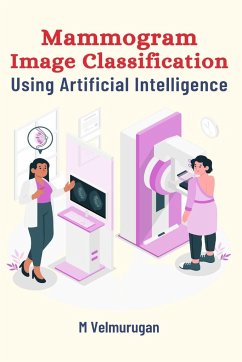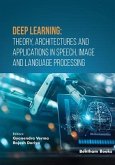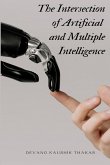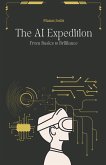Breast cancer is one of the most common types of cancer affecting women worldwide. It is estimated that one in eight women will develop breast cancer in their lifetime. Early detection and accurate diagnosis are crucial for successful treatment and survival. Mammography is the primary screening tool for breast cancer, but the accuracy of mammogram interpretation by radiologists can be affected by a number of factors such as the density of the breast tissue, the presence of overlapping structures, and the experience of the radiologist. This is where AI mammogram classification can play a critical role. AI mammogram classification is a rapidly evolving field of medical imaging that aims to improve the accuracy of breast cancer detection and diagnosis. It involves the use of artificial intelligence (AI) algorithms to analyze mammograms and classify them into different categories based on the presence or absence of cancerous lesions. AI algorithms are based on machine learning and deep learning techniques that enable computers to learn from large datasets and make predictions based on patterns and relationships in the data. The algorithms are trained using a large number of mammograms and their corresponding diagnostic outcomes to learn how to distinguish between normal and abnormal mammograms. One of the main advantages of AI mammogram classification is its ability to detect subtle changes in the mammogram that may be missed by human observers. AI algorithms can analyze the digital images in a fraction of the time it takes a radiologist to read and interpret a mammogram, and they can do so with a high degree of accuracy and consistency. AI mammogram classification can also reduce the number of false-positive and false-negative results. False-positive results occur when a mammogram is interpreted as abnormal even though no cancer is present, while false-negative results occur when a mammogram is interpreted as normal even though cancer is present. False-positive results can lead to unnecessary biopsies and other invasive procedures, while false-negative results can delay diagnosis and treatment. The diagnostic accuracy of AI mammogram classification can be measured using parameters such as sensitivity, specificity, precision, and recall. Sensitivity refers to the ability of the algorithm to correctly identify mammograms that contai AI mammogram classification can also be used as a computer-aided diagnosis tool to assist radiologists in their interpretation of mammograms. The algorithm can provide a second opinion or flag suspicious areas for further investigation, reducing the workload and increasing the efficiency of the radiologist. AI mammogram classification is a rapidly advancing field, with new algorithms and techniques being developed and tested in medical research centers around the world. Convolutional neural networks (CNNs) are a type of deep learning algorithm that have shown promising results in the classification of mammograms. CNNs are designed to analyze images by breaking them down into smaller, overlapping parts and processing them individually, then combining the results to generate a final classification. In conclusion, AI mammogram classification has the potential to revolutionize breast cancer screening and diagnosis by improving the accuracy and efficiency of mammogram interpretation. It can reduce the number of false-positive and false-negative results, increase the sensitivity and specificity of mammogram interpretation, and provide a valuable tool for computer-aided diagnosis. As medical research continues to develop and refine AI mammogram classification algorithms, we can look forward to a future where breast cancer is detected and treated with greater accuracy and efficiency, ultimately leading to improved patient outcomes and survival rates








